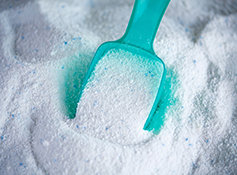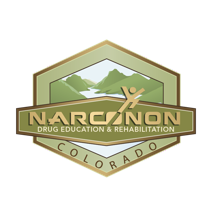Cocaine Overdose Death Rates Are Increasing

According to the Centers for Disease Control and Prevention (CDC), overdose fatalities from cocaine and methamphetamine in the United States have tripled over the past five years. A report from the Substance Abuse and Mental Health Services Administration (SAMHSA) revealed that cocaine use has increased by 47% since 2011. In 2018 the US experienced 15,699 cocaine overdose deaths and 12,987 methamphetamine overdose deaths.
The CDC has reported that more and more toxic contaminants are being found in cocaine and methamphetamine that are contributing to a multitude of dangerous side effects. The side effects of these additives include, but are not limited to, erratic heartbeats, leaky blood vessels, reduced immune system function, organ shutdown, and death.
The main culprit for the increased rates of overdose deaths is illicit fentanyl being mixed with other street drugs. Fentanyl is an extremely powerful synthetic opioid that has been found in just about everything from drugs like heroin, methamphetamine, and cocaine to counterfeit prescription pills that look like the real thing. Carfentanil is even more powerful than fentanyl and has also been found in a variety of street drugs.
While the increased rates of fentanyl are certainly alarming, what is even scarier is the ever-expanding varieties of lab-made additives that are being used as cutting agents for several different drugs. The reason this is so serious is not only due to the devastating short-term effects of such toxins but the unknown long-term effects they will have on the people who use them.
For the past ten years, the Drug Enforcement Administration (DEA) has been issuing warnings regarding cocaine laced with phenacetin, a banned painkiller linked to kidney failure and cancer, along with levamisole, a veterinary drug used to treat animals for parasitic worms. Levamisole has been linked to severe infections in humans and startling conditions of skin necrosis. The DEA has gone on to report that levamisole has been found in about 80% of the cocaine samples they have tested since 2012.

Other common cocaine additives include laundry detergent, boric acid, tyramine, sodium carbonate, asbestos, and Epsom salts, among many others. While none of these seem particularly alarming at first, many of them still contain chemicals that can cause harm when improperly consumed. Laundry detergent, in particular, can build up in the arteries and cause blockages in the brain, liver, and heart.
Despite the disturbing health risks of such cutting agents, a major reason they are used is to boost and extend the high produced by the drugs they are mixed with and to stretch out the original supply, resulting in increased profits. At first glance, this seems like an unstable business model however when it comes to the illicit drug trade, the only thing that matters to dealers is their bottom line.
There has never before been a time in history when the odds of dying from a drug overdose have been as likely as they are today.
When a person buys drugs off the street they never really know what they are getting. The only way to tell for certain is to test for what cutting agents the substance contains. Most people do not have access to the type of equipment that would be used for this and many police departments do not have the budget to cover the costs of testing the drugs that they seize.
Because the ingredients of street drugs are so varied they have become more and more dangerous to use with each passing year. The same amount or dose of drugs a person takes on Tuesday could very well kill them on Wednesday. There has never before been a time in history when the odds of dying from a drug overdose have been as likely as they are today. If you or a loved one are struggling with addiction the best time to get help is now.
Resources:
- https://www.cdc.gov/nchs/nvss/vsrr/drug-overdose-data.htm
- https://www.mayoclinicproceedings.org/article/S0025-6196(12)00390-4/fulltext
- https://www.buzzfeednews.com/article/danvergano/toxic-cocaine-diseases-drug-crisis
- https://www.samhsa.gov/data/sites/default/files/cbhsq-reports/NSDUHDetailedTabs2017/NSDUHDetailedTabs2017.htm#tab7-2B
- https://www.legalreader.com/new-additives-discovered-in-cocaine-are-concerning-experts-say/


